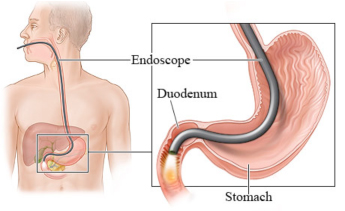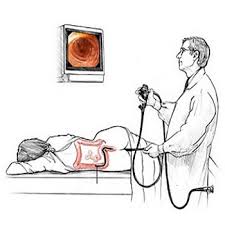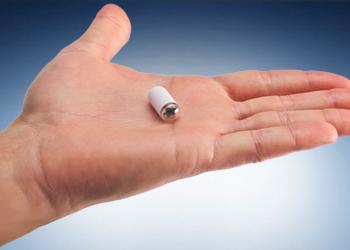Procedures

Recovery room
We offer the following procedures:
Gastroscopy

You will be asleep under sedation by an anaesthetist during your procedure. Under vision via a monitor screen, a thin flexible camera is passed down the oesophagus into the stomach and the first part of small intestine (duodenum). Small tissue samples called biopsies may be taken and sent to the lab for testing to help diagnose certain conditions. Reasons for a gastroscopy may include:
In expert hands, a gastroscopy is considered a very safe procedure with less than 1 in 10,000 patients experiencing any adverse events due to the procedure.
Colonoscopy

You will be asleep under sedation by an anaesthetist during your procedure. Under vision via a monitor screen, a thin flexible camera is passed into the large intestine (colon). The bowel wall is carefully examined to check for inflammation (redness or swelling), as well as any abnormal lumps such as polyps (abnormal tissue) or growths in the colon. Often times we are able to remove polyps early before they cause you any problems.
The reasons for a colonoscopy may include:
In expert hands, a colonoscopy is considered a safe procedure with less than 1 in 1,000 patients experiencing any adverse events due to the procedure. Removal of polyps is the best way to prevent bowel cancer. We will discuss this with you during consultation to ensure that you have your procedure done promptly and for the right reasons.
Please click here to view bowel preparation instructions.
Capsule endoscopy (Pillcam)
A tiny camera about the size of a vitamin pill is used to record video of the lining of your small intestine. The camera is swallowed with a glass of water and it sends the video to a small recorder that is worn under your clothing. The video is then examined by our specialist to check for abnormalities such as bleeding points or unusual lumps. The reasons for a capsule endoscopy may include:
If abnormalities are detected on capsule endoscopy then we will discuss with you the options for investigation. Often times we can reach the affected area with a long flexible camera to treat the abnormality.
Balloon enteroscopy

You will be asleep under sedation by an anaesthetist during your procedure. Under vision via a monitor screen, a thin flexible camera is passed into the mouth to upper small intestines (upper balloon enteroscopy) or from the anus to the lower small intestines (lower balloon enteroscopy). The balloon (or balloons) are used to stablise the instrument to help advance it deep into the small intestines.
The reasons for an enteroscopy may include:
In expert hands, a balloon enteroscopy is considered a safe procedure with less than 1 in 100 patients experiencing any adverse events due to the procedure. We will discuss this with you during consultation to ensure that you have your procedure done promptly and for the right reasons.
Helicobacter pylori

Helicobacter pylori is a very common bacteria that is present in up to half of the population. The bacteria causes irritation to the stomach and duodenum that can result in inflammation and ulcers. It may be one of the causes of abdominal pain or bleeding. It is known that Helicobacter is associated with cancer (lymphoma of the stomach). We will discuss with you whether you should have testing and treatment as most patients with Helicobacter have no symptoms.
Reasons to test for Helicobacter may include:
There are several ways to test for Helicobacter. We will discuss with you during consultation the tests and treatment that are the most appropriate for you.
